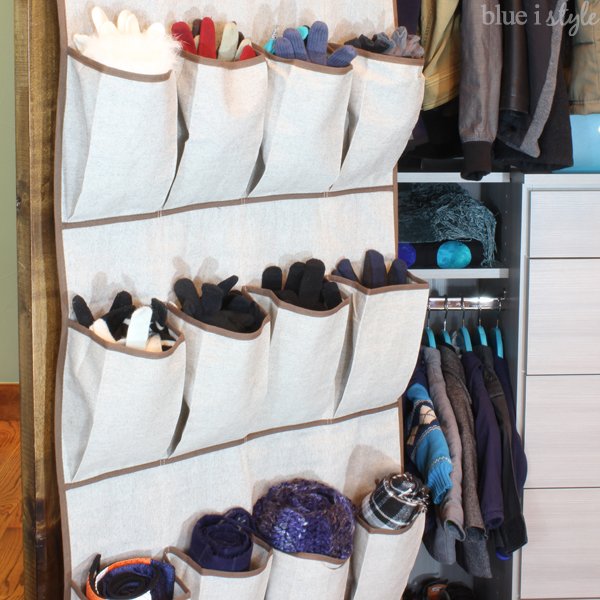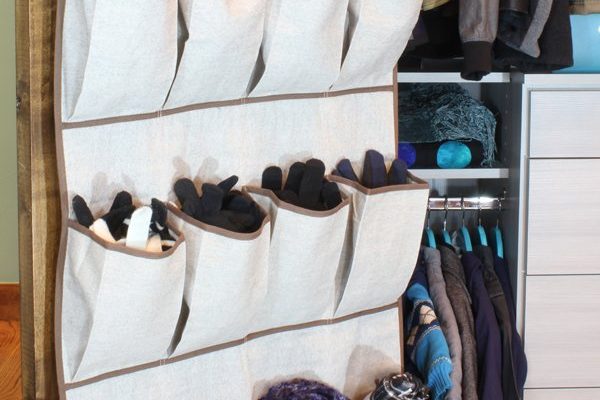
So, if you’re gearing up to move or simply need to store your doors safely, you’re in the right place. Let’s break this down step by step, making sure your doors arrive at their destination unscathed. We’ll cover the right materials, techniques, and even little tricks to ensure everything stays in prime condition.
Choosing the Right Packing Materials
Before you start the transportation process, it’s vital to get your packing materials in order. You wouldn’t send a fragile item off without bubble wrap, right? The same logic applies to interior doors.
1. Protective Wrapping
Start with a good quality protective wrap. You can use bubble wrap or furniture blankets. Bubble wrap offers great cushioning, while furniture blankets protect against scratches and scrapes. Wrap each door securely, covering all edges and surfaces. This layer absorbs any shocks during transport.
2. Cardboard Sheets
Using cardboard sheets is another smart move. Place these on each side of the door after wrapping it. Think of them as armor. They not only reinforce the wrapped door but also provide an extra layer of protection against impacts.
3. Tape
Use heavy-duty packing tape to secure your wrapping. Make sure it’s tightly sealed to prevent any movement during transport. Remember, loose materials can lead to damage—so make it snug but not overly tight that it crushes the door.
Proper Lifting Techniques
You might be wondering, “What’s the big deal about lifting a door?” Well, it’s not just heavy; it can be awkward too. If you don’t lift it correctly, you risk damaging both the door and yourself.
1. Get Help
First and foremost, don’t try to lift a door alone. They can be bulky and hard to maneuver. Grab a buddy to help. It’s safer and makes the job way easier.
2. Bend Your Knees
When you’re ready, bend your knees, not your back, as you lift. This simple technique helps avoid injury and ensures you have a firm grip. Always lift from the bottom of the door, keeping it close to your body for balance.
3. Carry Upright
When transporting the door, hold it upright. This minimizes the risk of bending or damaging the hinges. It may feel awkward at first, but trust me, it’s the safest way to move it.
Loading Doors into a Vehicle
Now that you’ve got the door wrapped and lifted, it’s time for loading. Here’s how you can secure your newly wrapped prize in the vehicle without compromising its safety.
1. Positioning
Aim to lay the door flat in the vehicle, if space allows. Make sure it’s on a soft surface to prevent scratches. If you have to stand it up, ensure it’s secured against the wall of the vehicle to avoid tipping.
2. Use Tie-Downs
If you’re using a truck or van, employ tie-downs to secure the door. This will prevent it from shifting during transit. You wouldn’t want to arrive with a door that’s damaged on the way, right? A little extra precaution goes a long way.
3. Avoid Overloading
Make sure the load isn’t too heavy. Overloading can cause items to shift and get damaged. Keep it simple and do multiple trips if necessary. It’s better to be safe than sorry!
Storing Interior Doors the Right Way
Once you’ve transported your interior doors, it’s crucial to store them correctly to maintain their condition. Here are a few best practices for long-term storage.
1. Choose the Right Environment
Store your doors in a dry, climate-controlled area. Humidity can warp wood, while extreme temperatures can cause shrinkage. Ideally, aim for a room that maintains a consistent temperature.
2. Elevate your Doors
Use pallets or shelving to keep the doors off the ground. This prevents moisture from seeping up from the floor, which can lead to mold or warping. Plus, elevating them makes it easier to grab them later on.
3. Cover for Dust Protection
Cover each door with a light fabric or furniture blanket to protect against dust. It might seem trivial, but dust can scratch surfaces and ruin a pristine finish. Use breathable covers to avoid trapping moisture.
Avoiding Damage to Hardware
While the door itself is important, the hardware needs just as much attention. You might be wondering how to keep those little pieces safe.
1. Remove Hardware
Before moving, take the time to remove all hardware—hinges, knobs, and locks—if possible. This prevents them from getting scratched or falling off during transport.
2. Store Hardware Separately
Put the hardware in a marked, secure container. You could use a small toolbox or ziplock bags. Be sure to label them so you don’t confuse them later. The last thing you want is to lose a screw just when you need it.
3. Reassemble with Care
When it’s time to reassemble, do it carefully. Align everything properly and tighten screws without overdoing it. This will help avoid stripping screws or damaging holes.
Common Mistakes to Avoid
Even the most seasoned DIYers can make mistakes. Here are a few common pitfalls to watch out for.
1. Skipping the Wrapping
Neglecting to wrap doors is one of the biggest mistakes people make. Even if you think “it’ll be fine,” remember that a little protection goes a long way.
2. Overpacking the Vehicle
Don’t cram too many doors into your vehicle. It’s tempting to maximize space, but it can lead to a chaotic load that shifts and damages your doors.
3. Ignoring Weather Conditions
If you’re moving on a rainy day, be extra cautious. Moisture can seep into doors, especially if they’re not wrapped properly. Plan your moves considering the weather to avoid surprises.
Final Thoughts on Transporting and Storing Interior Doors
Transporting and storing interior doors doesn’t have to be stressful. With the right materials, techniques, and care, you can keep those doors—and their hardware—safe and sound. Remember, it’s all about preparation and attention to detail. Whether you’re moving into a new home or putting doors in storage, these tips will help ensure every piece remains in top condition.
So, the next time you’re faced with moving or storing doors, just think of it as keeping your artwork safe. With a little effort, you can have everything looking and functioning beautifully when you need it. After all, your doors deserve all the care when transitioning to their new home!
